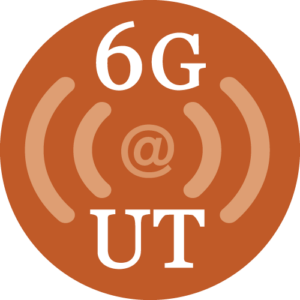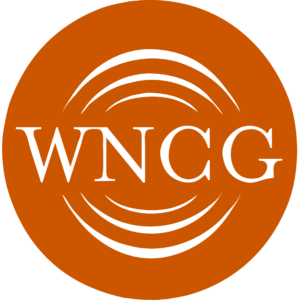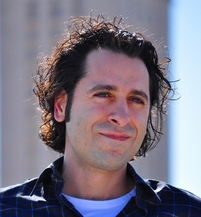“The Sentinel project, which has been running since January 2011, was designed to measure GPS jamming on UK roads. The project, run by GPS-tracking company Chronos Technology, picked up the illegal jamming incidents via four GPS sensors in trials lasting from two to six months per location.”
Continue reading the ZDNet article, which features an interview with Dr. Humphreys.












